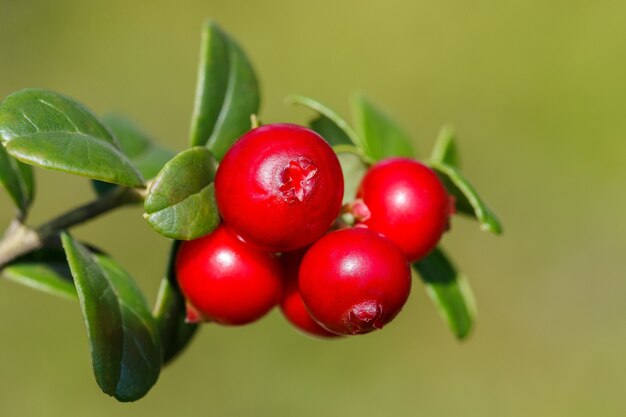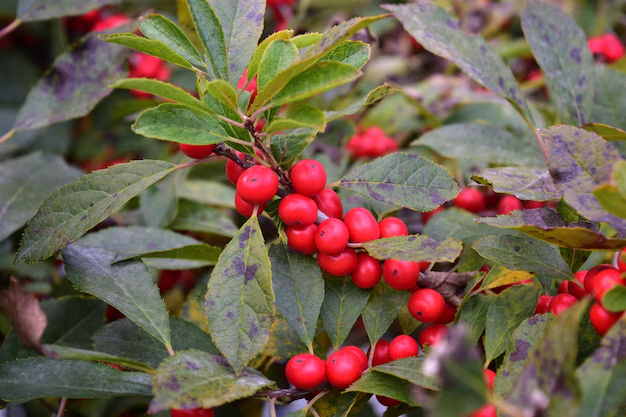The Science Behind the Miracle

The miracle berry (Synsepalum dulcificum) is a fascinating fruit native to West Africa. What makes it extraordinary is a protein called miraculin that binds to taste receptors on the tongue. When you consume this small red berry, sour foods like lemons and limes suddenly taste incredibly sweet - for up to two hours!
Quick Fact
The effect was first documented in 1725 by French explorer Chevalier des Marchais, who observed West African tribes consuming the berry before their meals.
Modern scientists have studied the miracle berry extensively. The miraculin protein doesn't actually change the food's composition - it just temporarily alters how your taste buds perceive sour flavors. This makes it popular among chemotherapy patients experiencing taste alterations, diabetics seeking sugar alternatives, and curious food enthusiasts.
Cultivation and Availability

While the miracle berry grows naturally in tropical West Africa, it's notoriously difficult to cultivate commercially. The plants require specific soil conditions, humidity levels, and pollinating insects. Florida has seen some success with miracle berry farms, but most berries sold internationally are frozen or freeze-dried to preserve the active protein.
Share Your Experience
Food Science Student
I used miracle berries for a research project on taste perception. The results were astonishing - 95% of participants reported enhanced sweetness from acidic foods. The effect lasted between 45-120 minutes depending on the individual.